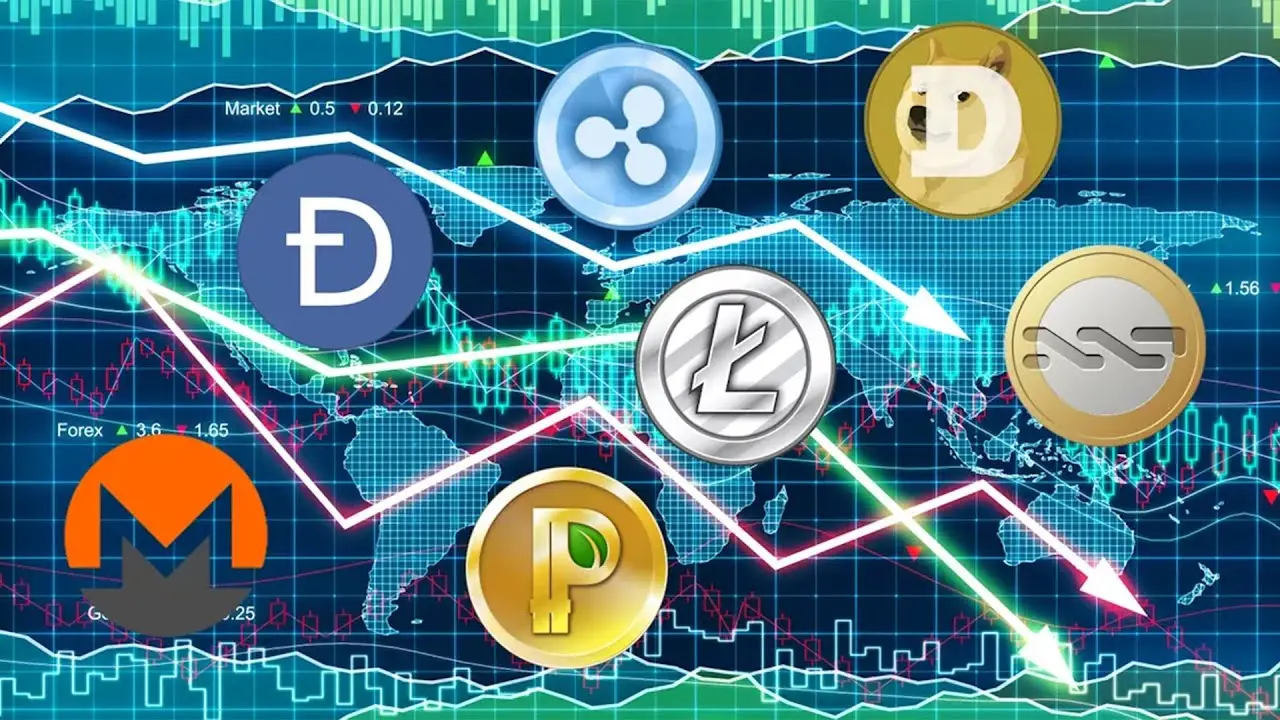In the world of digital assets, the fate of each coin largely depends on its availability. But what is cryptocurrency listing really about? It’s much more than just a token appearing on an exchange. It’s a crucial moment that opens the project’s doors to liquidity, investor attention, and real trading. Without this step, even the most promising crypto project risks going unnoticed, like a great work of art never shown to the public.
What is cryptocurrency listing?
It’s the moment when a token from behind the scenes of blockchain development steps onto the crypto market stage. The trading platform includes the asset in the list available for buying and selling. From this point on, the market history begins: capitalization, growth, declines, speculations, and sometimes, loud success.

In 2023, the largest trading platforms such as Binance, OKX, and KuCoin added over 150 new assets. Just through one IEO on Binance’s launchpad, $12 million was raised in 10 minutes. It’s not just a process – it’s a market in miniature.
How cryptocurrency listing works: stages and mechanics
Adding a token to an exchange is not just a “upload” button. Placing it on a trading platform involves a strict project evaluation, risk assessment, and only then – trading launch, which can change the fate of the cryptocurrency in a matter of minutes. Every cryptocurrency exchange listing follows a standard but strict route.
Preparation: application and verification
Developers submit an application for adding cryptocurrencies to the exchange. The trading platform evaluates the project based on multiple parameters: tech support, audit of smart contracts, community activity, trading volume on decentralized platforms. Without legal transparency and clear tokenomics, the path is closed.
Evaluation: fundamentals vs. hype
The trading platform analyzes behavioral and market metrics. Retention rate, number of unique wallets, purchase volumes on DEX – everything comes into play. Tokens with sustainable growth and a clear roadmap, especially after the ICO or IEO phase, are given priority.
Placement: trading launch
After approval, the exchange announces the trading launch date. The trading pair is specified (e.g., ETH/XRP), start time, and purchase conditions. It’s at this moment that the token’s first market price is formed.
Listing conditions: what determines the token’s fate
What is cryptocurrency listing without understanding the conditions for obtaining it? Trading platforms establish their own criteria, and each has its own internal workings. Below are universal elements:
- Presence of MVP or a fully developed product.
- Code audit conducted (e.g., CertiK, Hacken).
- Social activity: Telegram 50k+, Twitter 100k+.
- Project capitalization – from $10 million.
- Strong team and partnerships.
These parameters form the entry threshold, which filters out random projects and focuses the market’s attention on strong players. The trading platform uses them as a filter to maintain user trust and consistently uphold the quality of listings.
Exchange requirements for projects
Listing a token on a major platform requires not just an application, but passing a multi-level selection system. Trading platforms evaluate not promises, but real indicators backed by facts and activity. They consider key factors when selecting a cryptocurrency for listing:
- Technical stability: working token, understandable blockchain, absence of vulnerabilities.
- Project audit: external code audit, legal documentation.
- Marketing support: PR campaigns, AMA sessions, community marketing.
- Token economics: transparent issuance, lock-ups, absence of manipulative schemes.
- Trading volumes: minimum volumes on DEX from $500,000.
- Project uniqueness: originality of the idea, demand in Web3 or DeFi.
Each of these points affects the likelihood of addition. It is compliance with these criteria that builds the exchange’s trust in the project and increases the chances of successful placement among dozens of contenders.
Why does a token need to be listed on an exchange
A trading platform serves not just as a marketplace. It provides liquidity, sets the initial price, guarantees investor access. Listing on Binance or Coinbase gives the token visibility, like Times Square for a startup. Without this, the project risks remaining in the crypto underground.
What happens to the token price after listing
After being listed on an exchange, the token price often skyrockets. It’s a standard market reaction. But the growth can be short-lived. The average return after an IEO according to CryptoRank data is +140% in the first day and -25% after a month.
A token’s listing can lead to three scenarios:
- Explosive growth due to scarcity and hype.
- Brief growth and collapse after profit-taking.
- Steady growth with strengthening position on the platform.
Example: SEI token on Binance surged by 320% in 3 days after launch, but then dropped by 45%.
Earning from cryptocurrency listing
What is cryptocurrency listing in terms of income? It’s an opportunity for short-term and strategic earnings. The main models are:
- Participation in IEO through a launchpad (e.g., BNB Launchpad).
- Buying on DEX before listing on an exchange with subsequent sale on CEX.
- Speculative buying in the first minutes of trading launch.
IEO allows access to an asset at a minimal price. One of the prominent cases is SAND (The Sandbox). The IEO was conducted at $0.008. At its peak, the price reached $8.48.
Cryptocurrency delisting – what is it?
If a project loses liquidity, violates conditions, the team disappears – the trading platform initiates the delisting process. Delisting of cryptocurrencies is not uncommon. In 2022, Binance removed 9 tokens, including TORN, due to low volume and development issues.
Factors influencing delisting include:
- Lack of activity;
- Team abandonment of development;
- Legal issues;
- Scam indicators;
- Violation of listing agreement.
Removing a token from the platform leads to an instant loss of interest and value.
ICO, IEO, launchpad: three paths to listing
The way a token enters the market directly affects its recognition, liquidity, and chances of trading launch. Different formats provide different levels of trust, coverage, and technical support from exchanges.
Projects choose one of three paths:
- ICO – direct fundraising without exchange involvement.
- IEO – launch through a trading platform like BitTorrent.
- Launchpad – launch platform with marketing and technical support (e.g., Binance Launchpad).
IEO more often leads to exchange listing, especially on the same platform. ICO risks staying in the shadows without a marketing machine.
How the crypto community influences listing
The community is the core of a crypto project. Without a loyal base, a token won’t get a chance on the platform. Trading platforms check social media, engagement, voting. For example, the FLOKI token got listed on Huobi after 1.2 million votes on Twitter.

The more active the community, the higher the chances of listing and price growth. Without user support, even a promising asset loses market momentum.
What is cryptocurrency listing: the main points
It’s a complex and multi-stage process that paves the way for a token to centralized exchanges. It provides access to liquidity, investors, and real trading. The quality of the project, community activity, and tokenomics transparency determine not only the fact of placement on a trading platform but also its success.
 en
en  de
de  ar
ar  es
es  nl
nl  hi
hi  fr
fr  it
it  pt
pt  el
el 










